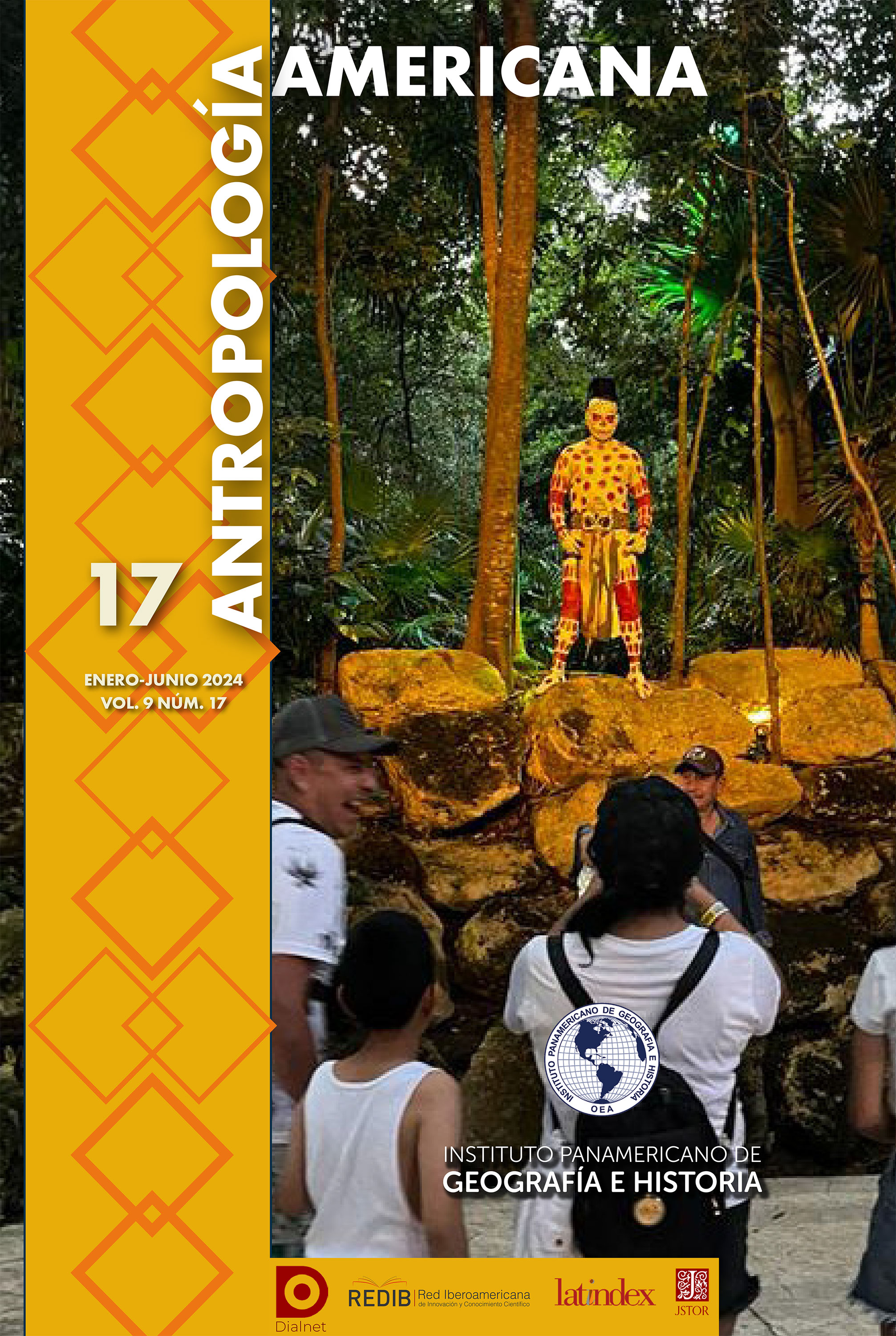The Mayan Train and the challenges for community tourism development
Main Article Content
Abstract
On December 15, 2023, the Maya Train was inaugurated, when the route from Campeche to Cancun began to work. This megaproject, which covers an area of 1 525 kilometers and crosses the Mexican states of Yucatán, Quintana Roo, Campeche, Tabasco and Chiapas, has been the cause of controversy and confrontation between different social actors. Being one of the main projects of the National Development Plan 2019-2024 of the administration of President Andrés Manuel López Obrador, it has been promoted as an alternative for the economic development of Southeast Mexico, through the promotion of tourism, the mobility of inhabitants and products to promote regional development. At the other extreme, the Mayan Train has been seen as a megaproject that represents the deepening of neoliberal policies that promote the privatization of ejidal lands and common goods, the destruction of the environment, extractivism and proletarianization.
Between these two irreconcilable positions, a range of possibilities opens up for the analysis of the multidimensional effects of the Mayan Train, whose operation and functioning will end up transforming the Southeast of the country. Among other things, it has been said that the Mayan Train will allow tourism that is currently concentrated in the coastal strip of Quintana Roo, specifically in Cancun and the Riviera Maya, to be attracted inland, to visit the Mayan communities in the region. The biocultural heritage made up of the archaeological zones and constructions of colonial origin, as well as the existence of the jungle, the cenotes and the living cultural expressions of the communities would attract tourists. This would allow the economic benefits of tourism, now highly concentrated in the hotel zones of Cancun and the Riviera Maya, to be distributed throughout the region, thus leading to regional development.
Although the Mayan Train constitutes a means of transportation that will facilitate the mobility of tourists to the interior of the Yucatan Peninsula, its simple existence is not enough. For tourists to arrive, many things are needed, among them, positioning in the tourist imaginaries the desire to travel and spend the night in places located inland. It is also necessary to know more about tourists, since thousands of them have limited resources and the “all-inclusive” promotions, contracted from their countries of origin, allow them to spend an average of 6.2 days on the place. There is also the need to establish agreements with travel agencies, hotels, shipping companies, to create tourist promotions that include visits to rural communities in the region. All of this is not easy and will have to be a reason for analysis.
In addition to the above, it will be necessary to analyze the scope and limitations of rural or alternative tourism. This article presents some notes on the progress and difficulties that rural development projects have faced. The necessary intervention of the State is proposed to support these projects with a view to empowering communities to protect their territory and favor the autonomous management of their projects, as a way to access development.
Downloads
Article Details
-
Abstract408
-
PDF (Español)257

This work is licensed under a Creative Commons Attribution-NonCommercial-ShareAlike 4.0 International License.

